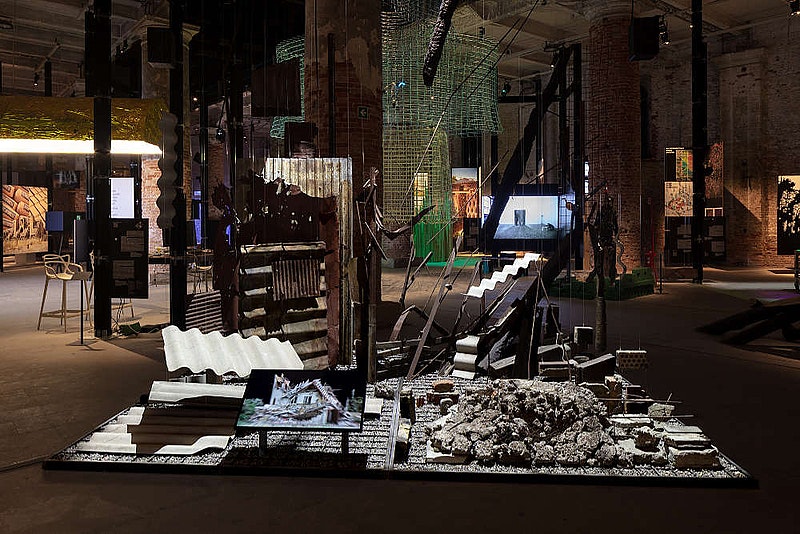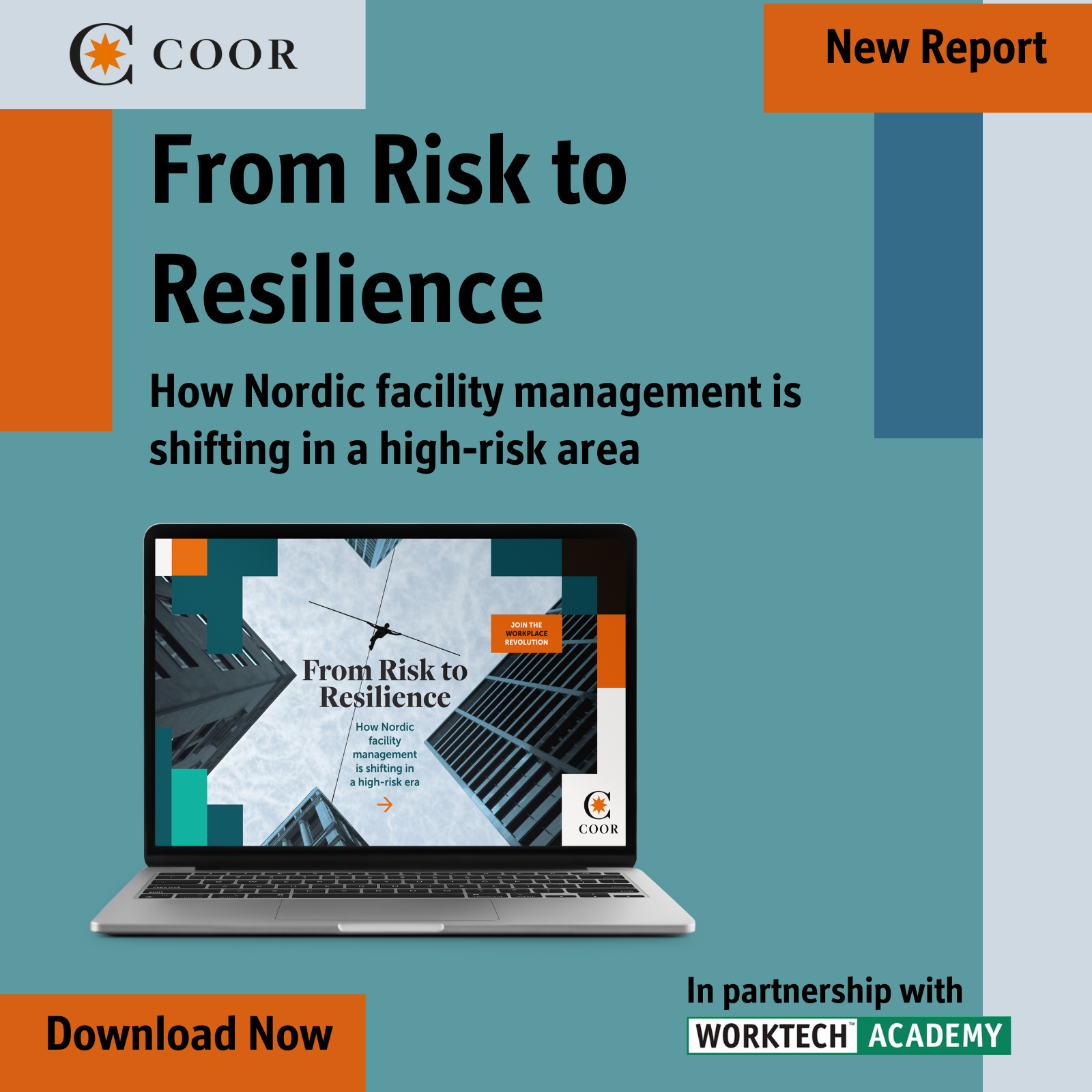Thinking space: three innovative uses of AI in the built environment
From recovering rubble to reading a city’s mood, these AI use cases suggest a new kind of built environment that can listen and understand us in real time
At WORKTECH Academy, we’ve widely explored the rise of AI in the workplace – from intelligent assistants and generative tools to predictive analytics and human–machine collaboration. But increasingly, AI is no longer confined to the digital interface. It’s embedding itself into the physical fabric of our built environment.
These three case studies, spanning masterplanning, material recovery and emotional mapping, show how AI is beginning to influence the way we design, experience and restore space. Together, they point to an emerging model of spatial intelligence that is not only efficient and responsive, but attuned to human needs in real time.
Participating in urban planning
In Sharjah, UAE, HWKN is developing District 11 – the country’s first AI-masterplanned commercial neighbourhood. Using environmental and cultural data, AI helped generate the massing, orientation and layout of 11 mixed-use buildings, from offices to mosques.
Rather than optimising a finished design, AI was used early in the process to shape spatial logic based on sun exposure, walkability and context. The project scales up HWKN’s ‘Work Resort’ ethos into a city-building tool.

HWKN is set to develop the UAE’s first AI-planned district featuring offices, cafés, childcare and healthcare facilities, and a mosque. Sharjah, UAE
Exposing how city’s feel
At the University of Missouri, researchers have developed an AI system that maps public sentiment using geotagged social media posts. By analysing images and captions, the system detects emotional patterns such as stress, joy, calm which can be tied to specific urban locations.
These real-time ‘moodmaps’ offer planners a new kind of data which is not only rooted in function, but the feelings experiences in certain spaces. It opens the door to cities that are more emotionally responsive, not just efficient.
Rebuilding from the rubble
In Ukraine, drones paired with AI are scanning war-damaged sites to identify reusable materials – bricks, concrete and steel – for rapid, circular reconstruction. The system creates real-time inventories, turning debris into design resources.
Instead of treating destruction as an end point, this approach recovers value from what remains – allowing cities to rebuild with what they already hold.

Circularity on the Edge AI project makes it faster and easier to identify salvageable materials within damaged buildings. Created by Kateryna Lopatiuk and Herman Mitish, Ukraine
To explore more on how AI is shaping the future of work, space and design, visit our Innovation Zone.








